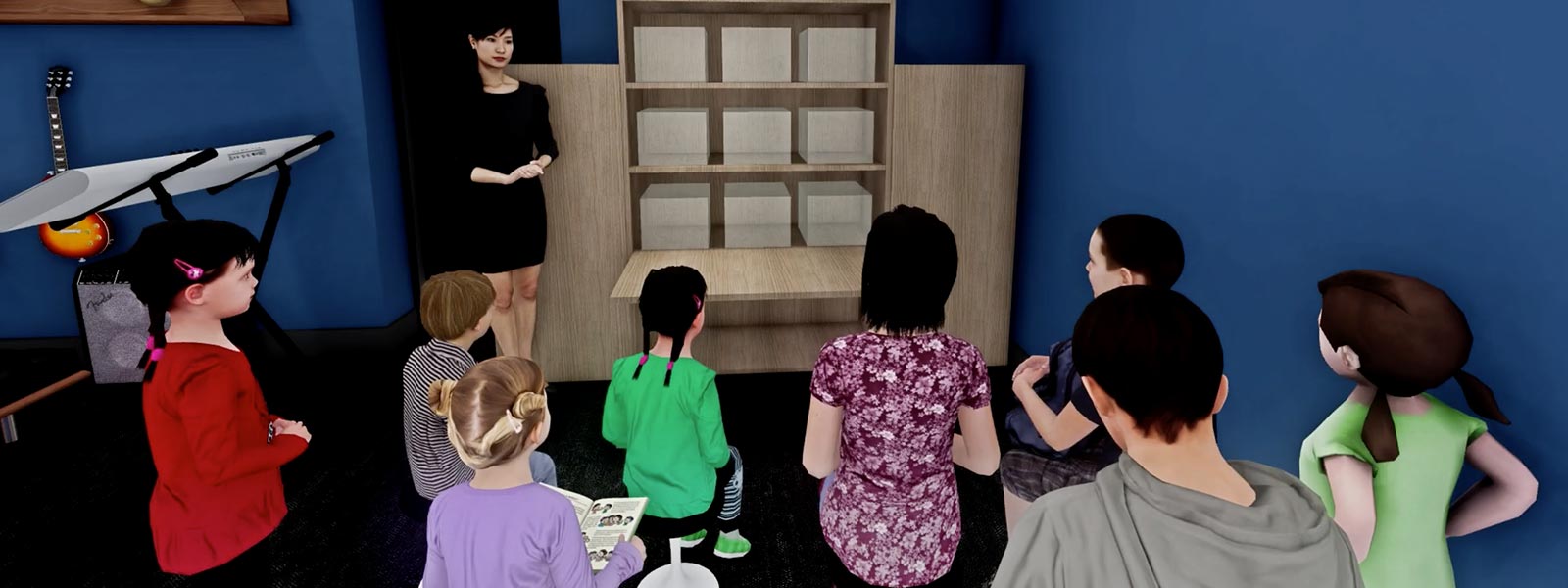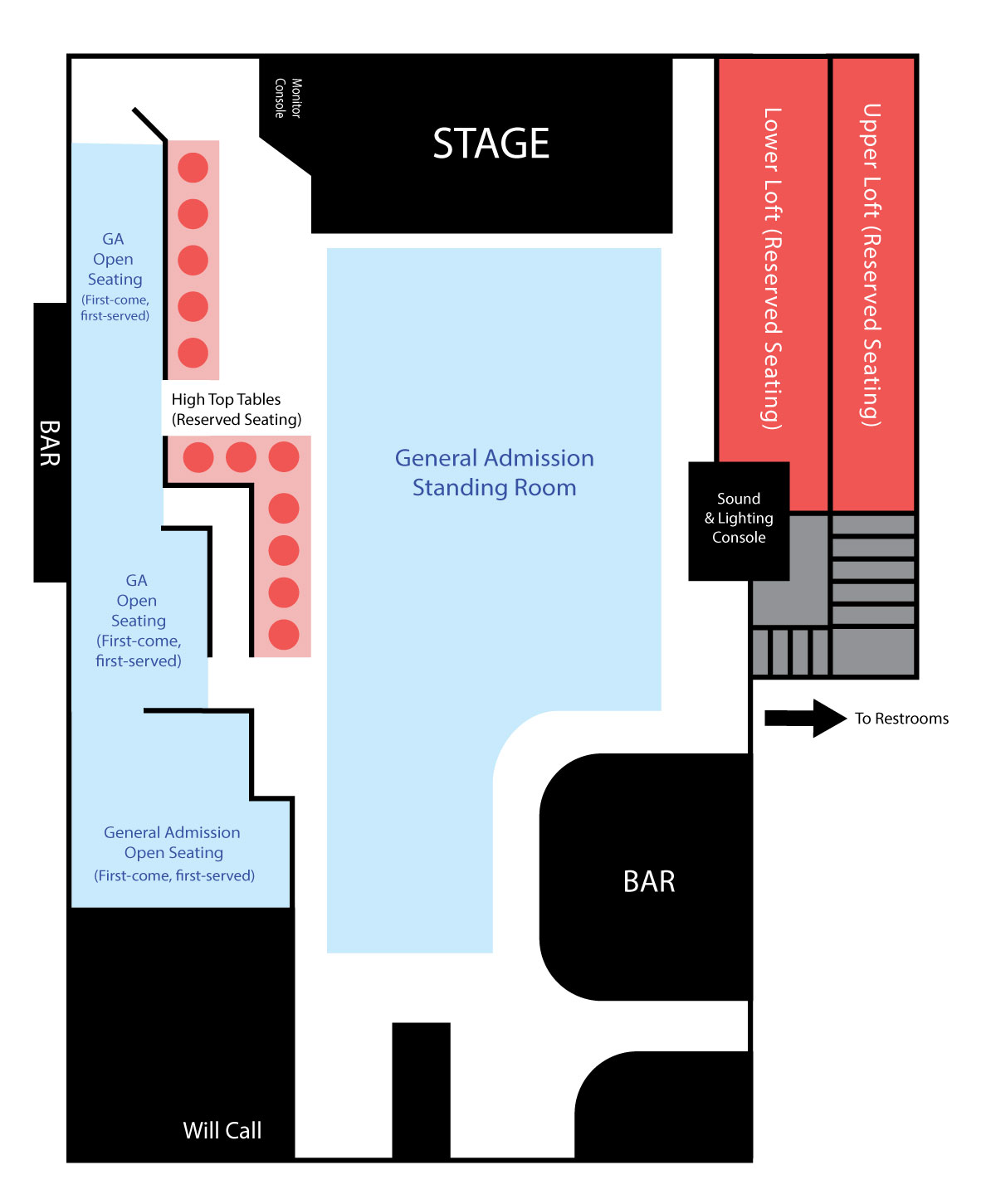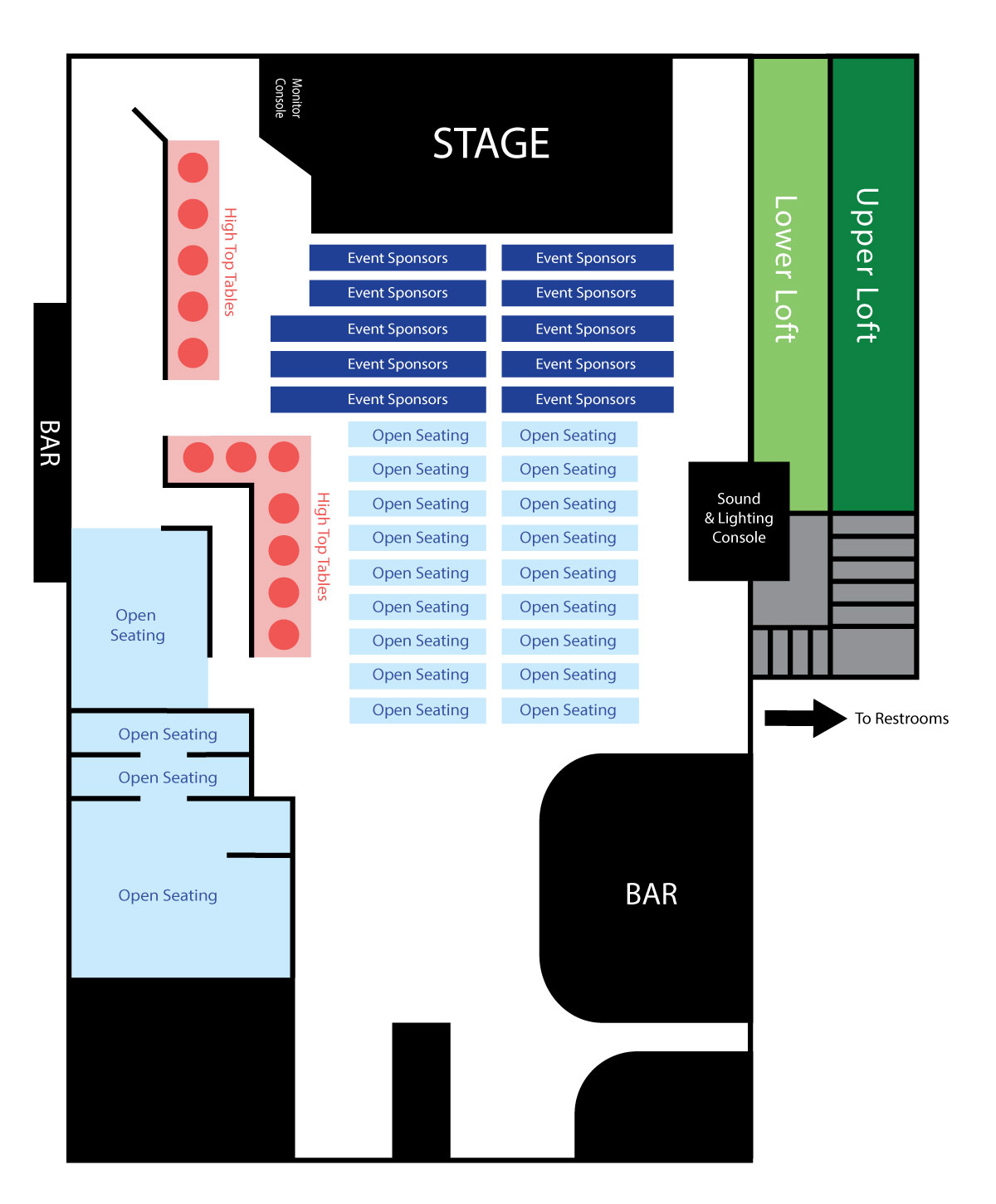
Inspiring Participation
So far, we’ve been describing some major changes coming in the galleries. Here’s one more: educational learning stations targeted specifically to school tours will be installed in each gallery. Called STEAM stations, they will invite our student visitors to explore music making from the perspectives of Science, Technology, Engineering, Arts, and Math using real world, problem solving-based learning. Why? Because we know that music, in addition to providing a profound outlet for human expression, also enfolds the science of sound, manufacturing technologies, engineering, instrument ergonomics, economics, entrepreneurship, and much more—all themes that, yes, can be used to meaningfully engage students of all ages.
Each of the newly-designed galleries will contain one STEAM learning station. In the first gallery, the learning will center around making instruments, presenting topics ranging from interesting mathematical equations to little known feats of engineering. In the second gallery, students will be challenged to think about creating their own businesses. What will the purpose of their imagined company be? What will be its name, brand, budget, and impact? Finally, in the third gallery, we focus on music itself, from its mathematical structures to its artistic—and often indescribable—beauty.
As you see, we strive to open doors to a world that is far broader, more intricate, varied, diverse, and full of opportunity than any student could ever have imagined.
But what happens to these STEAM stations when there’s no student tour in progress? To have them lie dormant would be a shame! So, we came up with a solution. When no tour is in progress, these stations will serve as feedback stations for the general walk-in visitor. Answers to provocative questions can be left for other visitors to enjoy, thus encouraging an ever-growing conversation and a community of engaged museum-goers.


